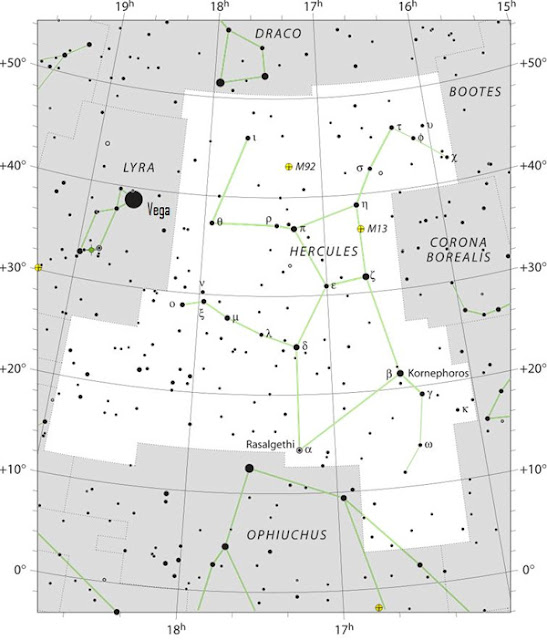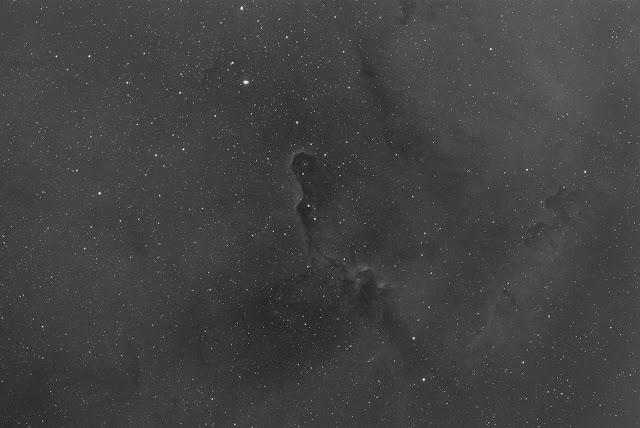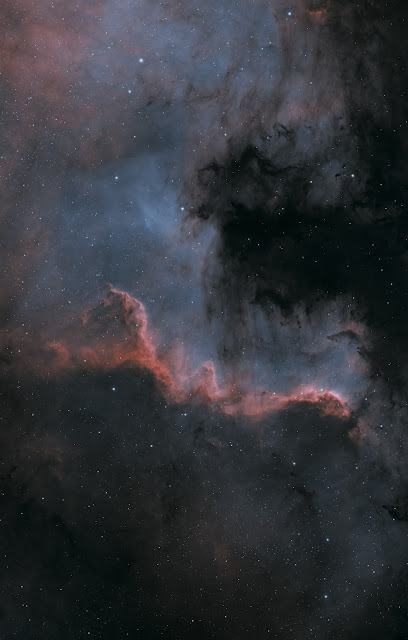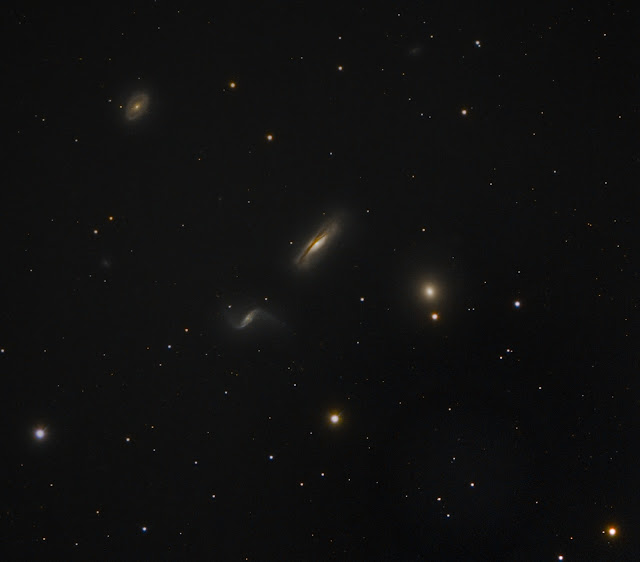A cosmic wanderer, Comet Tsuchinshan-Atlas or more commonly known as Comet A3
The Astro Geek
Astrophotography by Malcolm Dent
Wednesday, 16 October 2024
Comet Tsuchinshan-ATLAS, C/2023 A3 , Comet A3,
Sunday, 2 June 2024
Elephant Trunk Nebula SHO
As an amateur astronomer, the scale and beauty of IC 1396 are truly awe-inspiring. This vast emission nebula, located in the constellation Cepheus, it spans hundreds of light-years, making it a colossal feature in the night sky. Its intricate structures and rich star-forming regions, like the famous Elephant's Trunk Nebula pictured below, has captivated observers and photographers like myself with it's detail and complexity. Through a telescope, IC 1396 reveals swirling clouds of gas and dust illuminated by young, hot stars. The contrast between dark nebulae and glowing hydrogen regions creates a stunning visual tapestry, offering a glimpse into the dynamic processes shaping our galaxy. 15 hours of data was captured over several weeks finally allowing me to finish this image.
Thursday, 21 December 2023
California Nebula
NGC1499 The California Nebula.
Discovered in 1889 The California Nebula is an emission nebula in the constellation of Perseus, currently visible high in the winter night sky. So named because of its shape, reminiscent of the outline of the US State of California on a map.
The nebula itself stretches over 100 light years with my image showing about 70% of the total area. The Nebula is formed of gases that are ionized and made fluorescent by high-energy ultraviolet photons emitted from a young, hot, blue star.. The massive star in question, Menkib (Xi Persei), located top left in my image is one of the hottest stars visible to the unaided eye. It shines at magnitude 4.04 from a distance of about 1,200 light years. Menkib is a blue giant star with a mass 26 – 36 times that of the Sun and has expanded to 14 times the size. The star outshines our own by a colossal 263,000 (two hundred and sixty-three thousand) times. It also rotates exceptionally fast, with a projected rotational velocity of 220 km/s. The star’s estimated age is only 7 million years. Having evolved quickly due to its high mass, it will likely meet its fiery end as a supernova in the next million years.
The Nebula is huge several times the size of a full moon but nearly impossible to see visually but this long exposure imaged over several nights captures exquisite details from my backyard observatory.
Sunday, 5 November 2023
Saham Aurora.
For the last hour or so the Aurora app has been pinging, started whilst eating tea, Jumping to a whopping 639.7 nt. SO at the first opportunity I grabbed the camera and went just a few hundred yards up the road where I have a clear view North.
What a result.
The first 5 or six images were a few seconds apart after a 3- second exposures. Amazing how the red develops just over a few minutes, Took about 5 minutes to dark adapt and I could make out both red and green visually. No movement seen like I saw in Iceland.
Sunday, 13 August 2023
M13 The Great Cluster
An easy target to find.
M13 is located in the constellation Hercules, between summertime’s two brightest stars, Vega and Arcturus. About 1/3 of the way from Vega to Arcturus, locate the four modestly bright stars forming the Keystone of Hercules. On the Arcturus side of the Keystone, M13 lies between the stars Eta Herculis and Zeta Herculis.
A typical binocular field is about 5 to 7 degrees in diameter, and the Hercules cluster is found about 2.5 degrees south of Eta Herculis. The Hercules cluster’s position is Right Ascension: 16h 41.7m; Declination: 36 degrees 28′ north.
M13 was one of my first targets I captured many years ago. The cluster will not have changed since it's discovery over 300 years ago, but my imaging and processing have. This Image is just 1.5 hours of data using the ZWO RGB filters, 30 minutes per filter.
Wednesday, 2 August 2023
Elephants Trunk Nebula
So it is a school night but while the skies remain clear I will start with a couple of hours of new target data on the Elephants trunk Nebula. 3 minute subs using the Optolong narrowband filters starting with Ha. A great night of data capture using the ASI air pro I managed to capture 71 x 180 second exposures resulting in just over three and a half hours. As normal a 3 minute stretched sub is noisy but with a promising amount of data.
No processing here other than a histogram stretch.
WBPP is an incredible script that combines all the sub frames with calibration frames and does an amazing job. This is the combined efforts of those 71 frames. I have also included the starless image.
Wednesday, 26 July 2023
M92
M92 is considered to be one of the oldest globular clusters in the Milky Way with it's 300,000 stars forming over between 12 & 13 billion years ago. The entire cluster is 100 light years wide and any planet orbiting one of those stars would live in perpetual daylight, never knowing the larger universe that exists beyond.
Monday, 12 June 2023
Cygnus Wall
The light June nights can be a very difficult time to image deep sky objects, if the moon doesn't interfere then the lack of darkness here at 52 degrees is just as bad. A few years ago I imaged the NGC7000 region in a mosaic capturing both the North America Nebula and the Pelican as well. This time would be a little different with more focal length I knew the Cygnus wall would frame up quite nicely. Over a period of 4 nights I have managed to capture around nine hours of data using the ha and Oiii filters in the hope to produce a HOO image.
I will be capturing data using my Optolong narrowband filters inside the Zwo 36mm filter wheel.
The Cygnus wall is a small part of the overall North America Nebula, The nebula is an emission type intermixed with a wall of dust, the final region covers a huge 70 light years.
My rig like most are under sampled using 3.76 micron pixels on the 130mm refractor so when processing I use a 2 drizzle integration. The downside to this was leaving it overnight to process the data in WBPP
Single 180 second Ha frame
I am very pleased with the final result. What do you guys think?
Wednesday, 31 May 2023
Hickson 44
I have long known about the ARP (The Atlas of peculiar Galaxies) but not known a great deal about the Hickson group of galaxies.
I was playing with Stellarium looking for a new group of galaxies in Leo when I by chance found the Hickson 44 group. As always I do a google search and check out what the group looks like and found the group to be really interesting.
The Hickson 44, after Canadian astronomer Paul Hickson, is a group of gravitational bound four galaxies about 100 million light-years away in constellation Leo. Other names include the Leo Quartet and the NGC 3190 Series. The two spiral galaxies in the center of the cropped image are edge-on NGC 3190 with its distinctive dust lanes, and S-shaped NGC 3187. The bright elliptical galaxy lower right is NGC 3193 the spiral in the center lower portion is NGC 3185.
Just 12 x 3 minutes per RGB filters used here, so a little over and hour and a half in total. Very pleased with the result and definitely worth a deeper view next spring.
Tuesday, 30 May 2023
Moon May 24, 26th & 28th
Monday, 29 May 2023
Pillars of creation
Holy smokes, sometimes you just need to stop in your tracks and just behold the beauty, majesty and enormity of space. M16, The Eagle Nebula or more commonly known as "The Pillars of Creation" is probably the most iconic and well known images of deep space and the legacy of the Hubble space telescope. First captured by Hubble back in 1995. The "Pillars of Creation" is a star forming cloud of Hydrogen gas 90 trillion kilometers wide. The tiny section in the centre of my image resemble fingers, stalagmites of condensing clouds of Hydrogen gas and dust forever reaching into the darkness, lying deep within and not visible to conventional cameras are eggs or incubators of newly formed stars ready for birth in a few hundred million years.
Comet Tsuchinshan-ATLAS, C/2023 A3 , Comet A3,
A cosmic wanderer, Comet Tsuchinshan-Atlas or more commonly known as Comet A3 has traced its elliptical path through the solar system, a j...

-
Object: M45Type: Open Cluster Distance: 380Light Years (Approx) Constellation: Taurus Date : 27th October 08 Equipment: William Optics M...
-
A cosmic wanderer, Comet Tsuchinshan-Atlas or more commonly known as Comet A3 has traced its elliptical path through the solar system, a j...

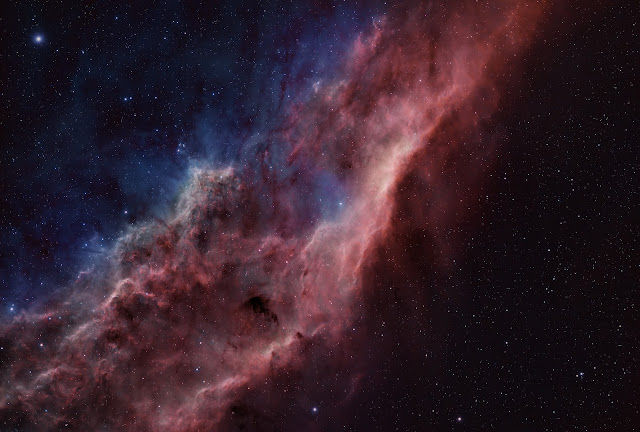
.jpg)
.jpg)
.jpg)
.jpg)
.jpg)
.jpg)
.jpg)
.jpg)
.jpg)
.jpg)
.jpg)
.jpg)
.jpg)
